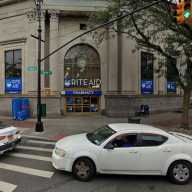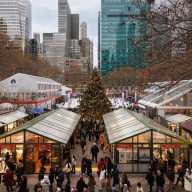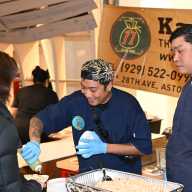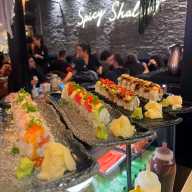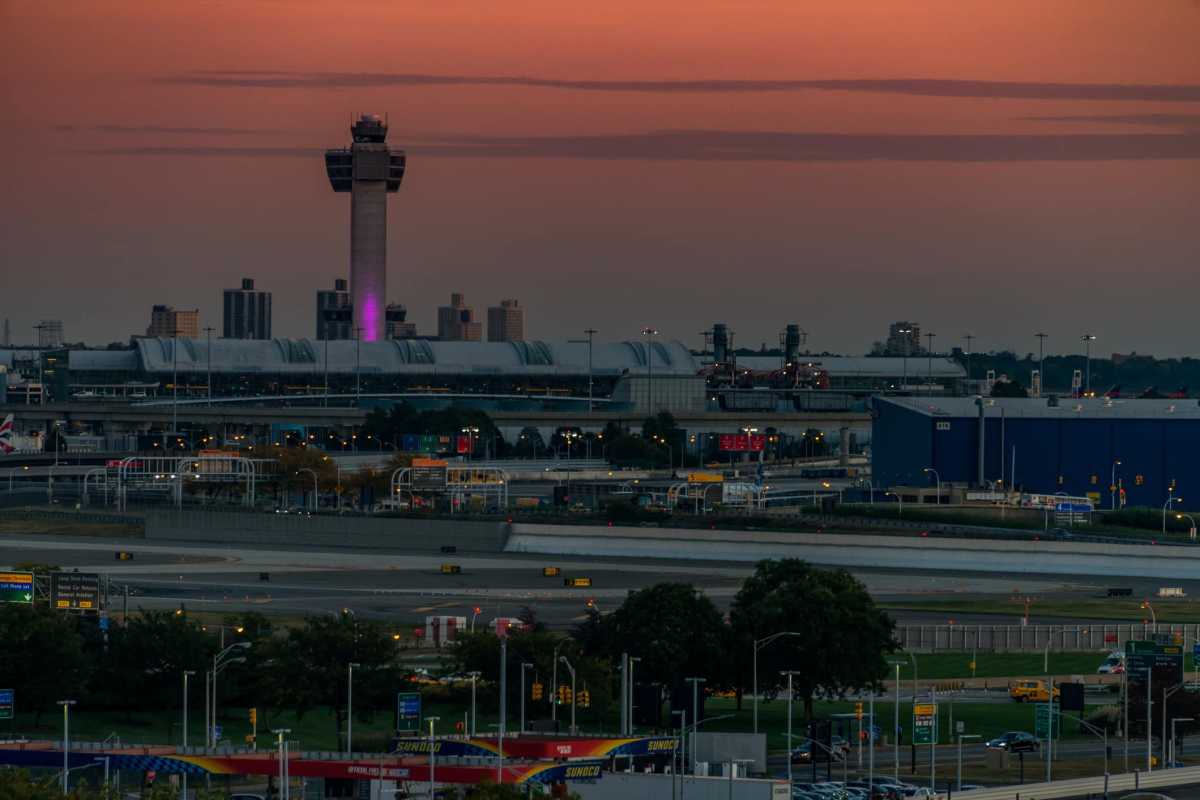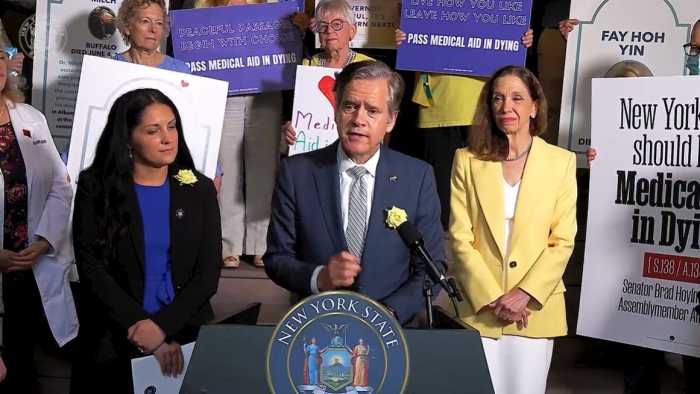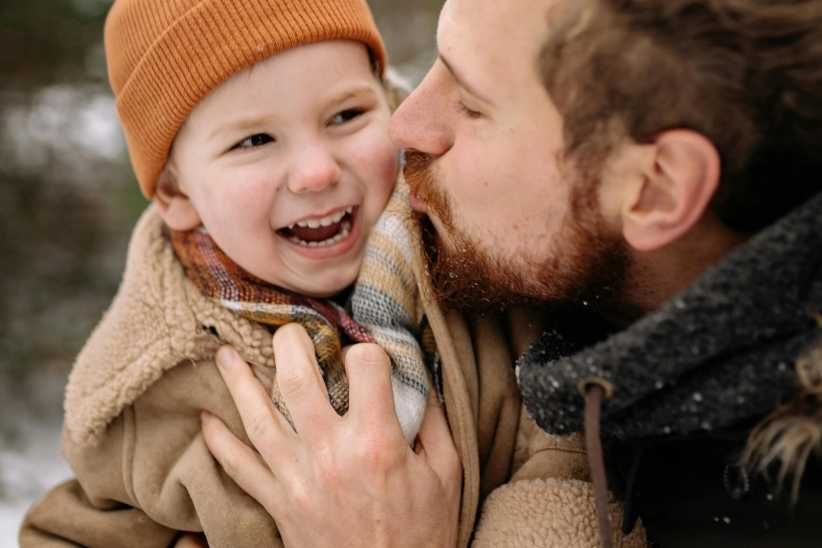A new exhibit at the Harriet and Kenneth Kupferberg Holocaust Resource Center in Queens Borough Community College chronicles the emigration of Jewish refugees to the Dominican Republic during the Holocaust.
In 1937, the Dominican Republic was the only nation to welcome Jewish refugees, and more than 600 Jewish emigrants - mostly Germans and Austrians fleeing from the Nazis - found refuge in a small town called Sosua.
Dominican Republic ruler Rafael Trujillo had offered safe haven for more than 100,000 Jewish refugees, and between 1940 and 1945, 5,000 visas were issued, but only 645 people - mostly young, unmarried men - made their way to the small country.
Austria native Ernest Schreiner, 89, and his wife, Ruth, 84, originally from Germany, each traveled from Switzerland to Sosua in 1940 and 1942 respectively - making over a dozen stops in several countries before reaching the Dominican Republic, where they were reunited and married in 1942 in the chapel built by Jewish immigrants in 1941.
Ernest remembered that the day after he arrived in Sosua from Santo Domingo with 50 other refugees, he was handed tools and told to clear the land for farming.
“We started to work in the fields, and I didn't like exactly to cut the grass, so I opened up a metal shop in the afternoon,” Ernest said.
The new settlers were given each 80 acres of land, 10 cows, a mule and a horse, and soon adopted local agricultural practices, forming a Jewish cooperative - Productos Sosua - that today produces most of the county’s meat and dairy products.
In 1945, the Schreiners had emigrated to the United States, settling in New Jersey where they currently reside, but the couple has returned every winter for the past 22 years to the country where they found refuge.
“The story of the compassion of the people of the Dominican Republic isn't widely known,” said Arthur Flug, Executive Director of the Harriet and Kenneth Kupferberg Holocaust Resource Center. “Because of their efforts, almost 700 people who would have perished in the furnaces of Auschwitz were able to live.”
An estimated six million people were killed during the Holocaust.
“That number would have been considerably lower had immigration been open to other countries,” Flug said.
Although most of the descendants of the Jewish refugees in Sosua have since moved to New York and Miami, about 30 remain in the same town where their ancestors landed nearly 70 years ago.
At the exhibit's opening, Trujillo's generosity and the Jewish refugees themselves were remembered with the opening of the new exhibit, “Sosua, Refuge from the Holocaust in the Tropics.”
The exhibit, which will run until January 2007, features travel documents from the emigrants, photos of Sosua and the refugees' daily lives, and government plans to house the settlers.
Middle Village resident Gail Katz, whose father had fled Czechoslovakia and traveled to Sosua, donated passports and visas that allowed her father to live in the Dominican Republic from 1939 to 1946.
“[The exhibit's opening] was a very touching moment,” Katz said. “It brought back a lot of memories of my father.”
“The efforts of the Dominican Republic changed the course of history, not only for the hundreds of Jews whose lives were saved, but for all mankind, because they showed that race meant nothing, skin color meant nothing, religion meant nothing, and compassion for all and malice toward none meant everything,” said Councilmember David Weprin. Weprin, Assemblymember Jose Peralta and State Senator Frank Padavan, all secured funding for the exhibit.













